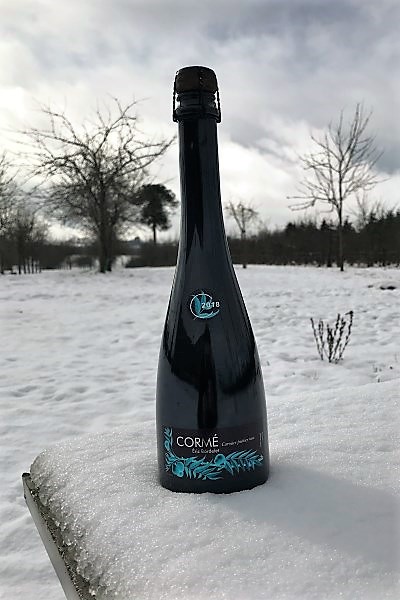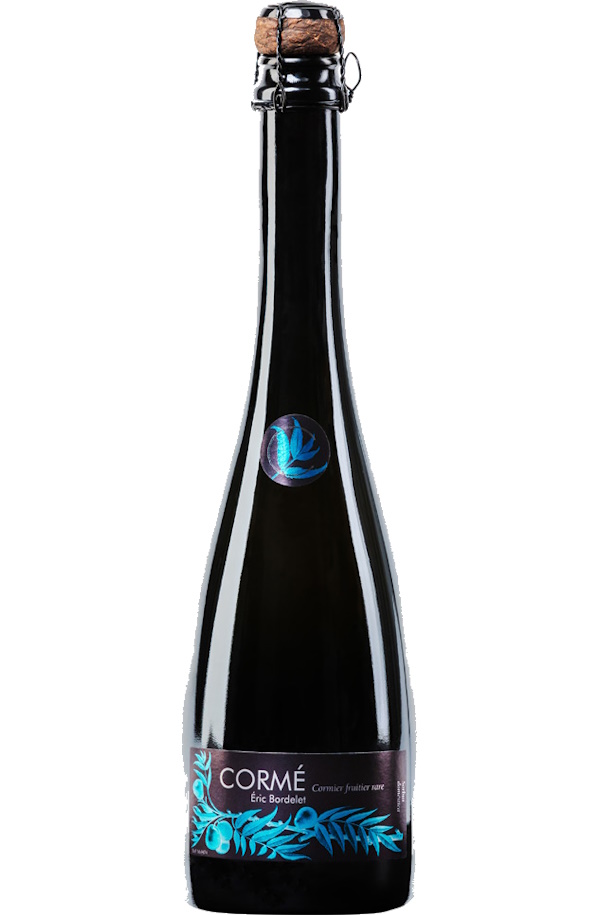Cormé
The corm, also known as the service tree fruit, is a small seed fruit, yellowish and red in color but can also be grey according to the specific variety.
Origin
Cormé is a 15th century beverage mainly present in the former province of Maine. It was considered a fruit wine, that is to say a fermented beverage made with any plant that could produce a fermentation. The Cormé was the first fermented fruit wine produced from corms. These fruits come from the tree named Cormier also known as Sorbus Domestica. The name of Cormé came from the Gallic "Curmi" which designated a fermented beverage, such as beer. It is the only wild tree that produces consumable fruits in large quantities but small!!.
The Cormier is a hard and resistant wood with a long life which is why it was also used to make Carpenter's tools.
Historical

Varieties (Domaine Eric Bordelet)
Several varieties of cormes of different sizes and shapes.
Why?
 The idea is to restore an old drink with cormes only to the taste of today by valuing its origin from the former province of Maine.
The idea is to restore an old drink with cormes only to the taste of today by valuing its origin from the former province of Maine.
Alchemy
Picked at a potential alcohol of 8/10% but stopped at 6/8% to result in 30g/L residual sugar (natural)
